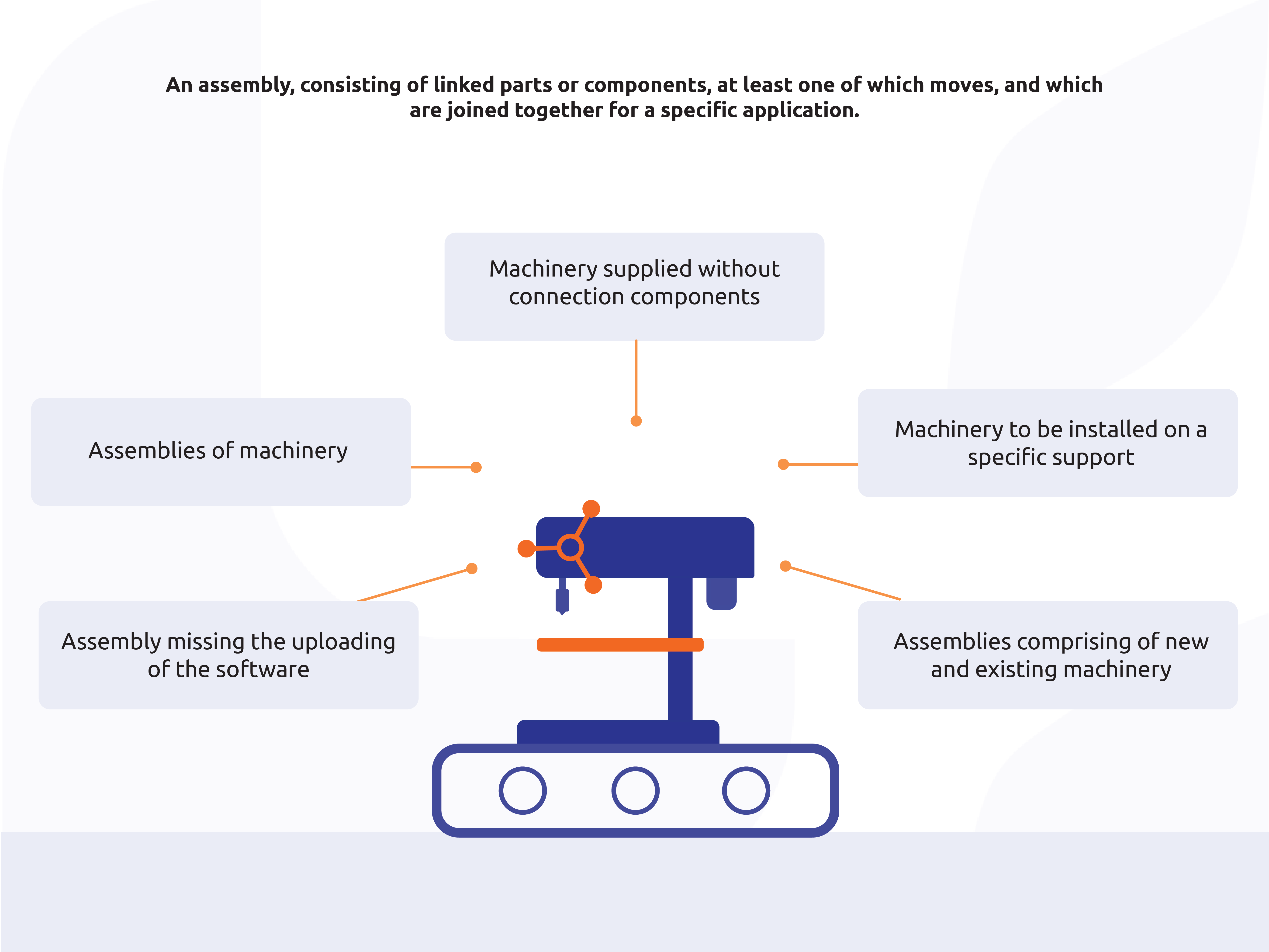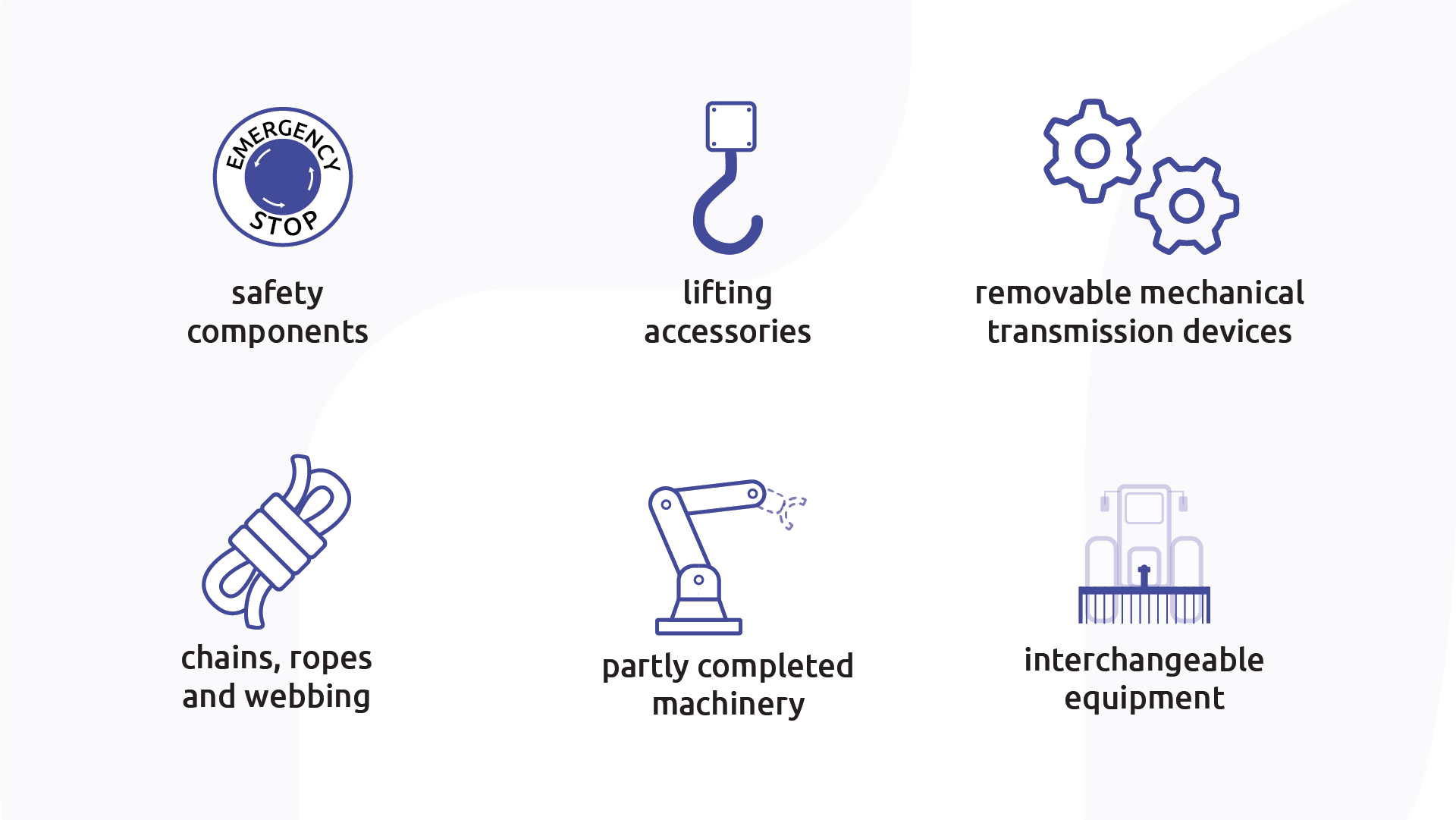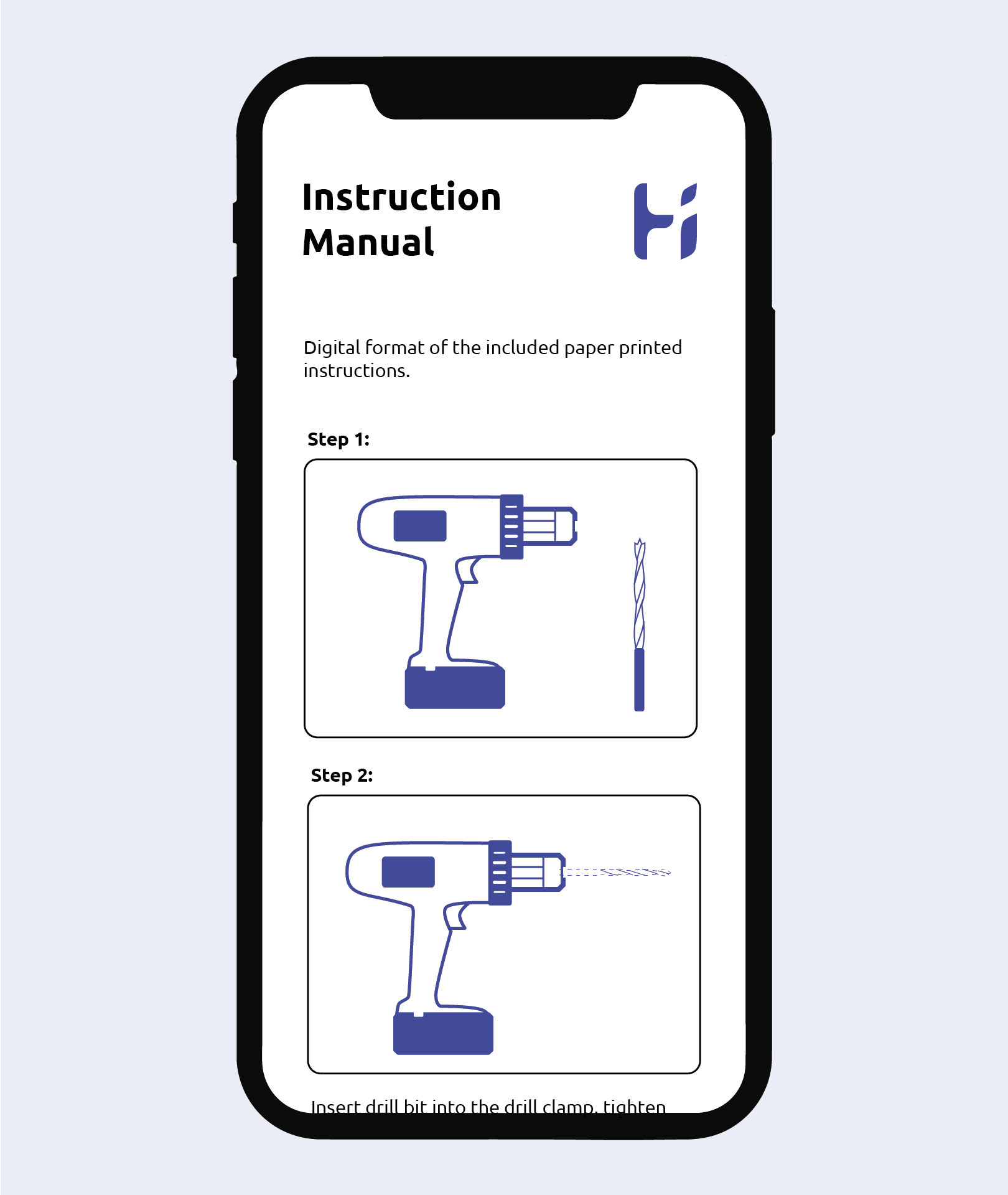Regulation on machinery (EU) 2023/1230
During the month of June 2024 the long awaited (EU) 2023/1230, AKA “The new machinery regulation”, was finally published on issue L 165 of the Official Journal of the European Union. The regulation will have an early entering into force on 19th July 2023, but will have a soft landing on the market and take effect only from 20th January 2027. The new regulation covers new products placed on the Union market.
One of the major challenges addressed by this Regulation is the evaluation of cybersecurity risks deriving from new digital technologies, such as Artificial Intelligence, the Internet of Things and Robotics. Indeed, the old Directive 2006/42/EC, repealed by the new Regulation, had substantial gaps in relation to new technologies.
The more advanced machinery, recently introduced on the market, is less dependent on human operators. Such machinery, designed to work on a defined tasks and in structured environments, can learn to perform new actions and become more autonomous. Further refinements to machinery, already in place or to be expected, include real-time processing of information, problem solving, mobility, sensor systems, learning, adaptability, and capability of operating in unstructured environments (e.g. construction sites).
What is a machinery now?
The regulation applies both on machinery and related products. However, the definition of the term machinery has been updated and extended as it follows:

Meanwhile, the list of related products remains:

Means of road transport – Electric bicycles and e-scooters
A novelty within the scope of the new regulation is represented by means of road transport. Therefore, the vehicles, including e-bikes, e-scooters and other personal mobility devices that are not subject to EU type approval under regulation (EU) 167/2013, (EU) 168/2013, or (EU) 2018/858 are now covered by the new regulation. However, the focus of the regulation still remains on safety of machinery and any consideration on the performance of transport of goods, persons or animals is considered out of scope.
Instructions and documentation in digital format

The new regulation also introduces an update to the instructions and documentation of the covered products with the biggest novelty being the ability to be provided in a digital printable format. However, the manufacturer should ensure that distributors can provide, at the request of the user at the time of purchase, the instructions for use in a paper format, free of charge.
The new digital format is regulated in such a way that the user is able to access relevant documentation and instructions shall:
- show a notice on the machinery or partly completed machinery, on its packaging, or in an accompanying document, on how to access the digital assembly instructions;
- present them in a format that makes it possible, for the person who incorporates the partly completed machinery, to print and download the assembly instructions so that it can be accessed at all times;
- keep them accessible online for at least 10 years after the placing on the market of the machinery or partly completed machinery.
EU declaration of conformity
The “CE declaration of conformity” of the old directive, is replaced by the EU declaration of conformity (CE marking) of the new regulation. The new EU declaration requires the insertion of a novel indication inside it:
«For lifting machinery which is intended to be permanently installed in a building or a structure and which cannot be assembled in the manufacturer’s premises but can only be assembled at the place of use, the address of that place.»
If you mod it, you make it
The old directive applies only to brand new machinery and does not take into consideration subsequent modified machinery, usually regulated by possibly non-uniform national laws. On the contrary, the new machinery regulation also applies to products that have undergone substantial modification.
A natural or legal person that carries out a substantial modification of machinery or a related product shall be considered to be the manufacturer for the purposes of the new regulation and shall be subject to the manufacturer’s obligations. In order to ensure the compliance of such a product with the relevant essential health and safety requirements, the person that carries out the substantial modification should be required to perform a new conformity assessment before placing the modified product on the market or putting it into service.
What is a substantial modification to a machinery or related product?
A substantial modification means a modification of machinery or a related product, by physical or digital means. The modification can be performed after the machinery or related product has been placed on the market or put into service. Foreseen or planned modifications by the manufacturer are excluded, if they do not affect the safety of that machinery or related product, by creating a new hazard, or by increasing an existing risk, which requires:
- the addition of guards or protective devices to that machinery or related product the processing of which necessitates the modification of the existing safety control system; or
- the adoption of additional protective measures to ensure the stability or mechanical strength of that machinery or related product.
Cyber-security
Most machines are connected to potentially vulnerable data networks. For this reason, the new regulation introduces the new aspect of IT security. Risks related to new digital technologies are those provoked by malicious third parties that have an impact on the safety of products within the scope of the new regulation. In this respect, manufacturers should be required to adopt proportionate measures.
You can find the related blog post here: https://www.semmel.it/2025/06/26/cybersecurity-in-machinery-regulation/